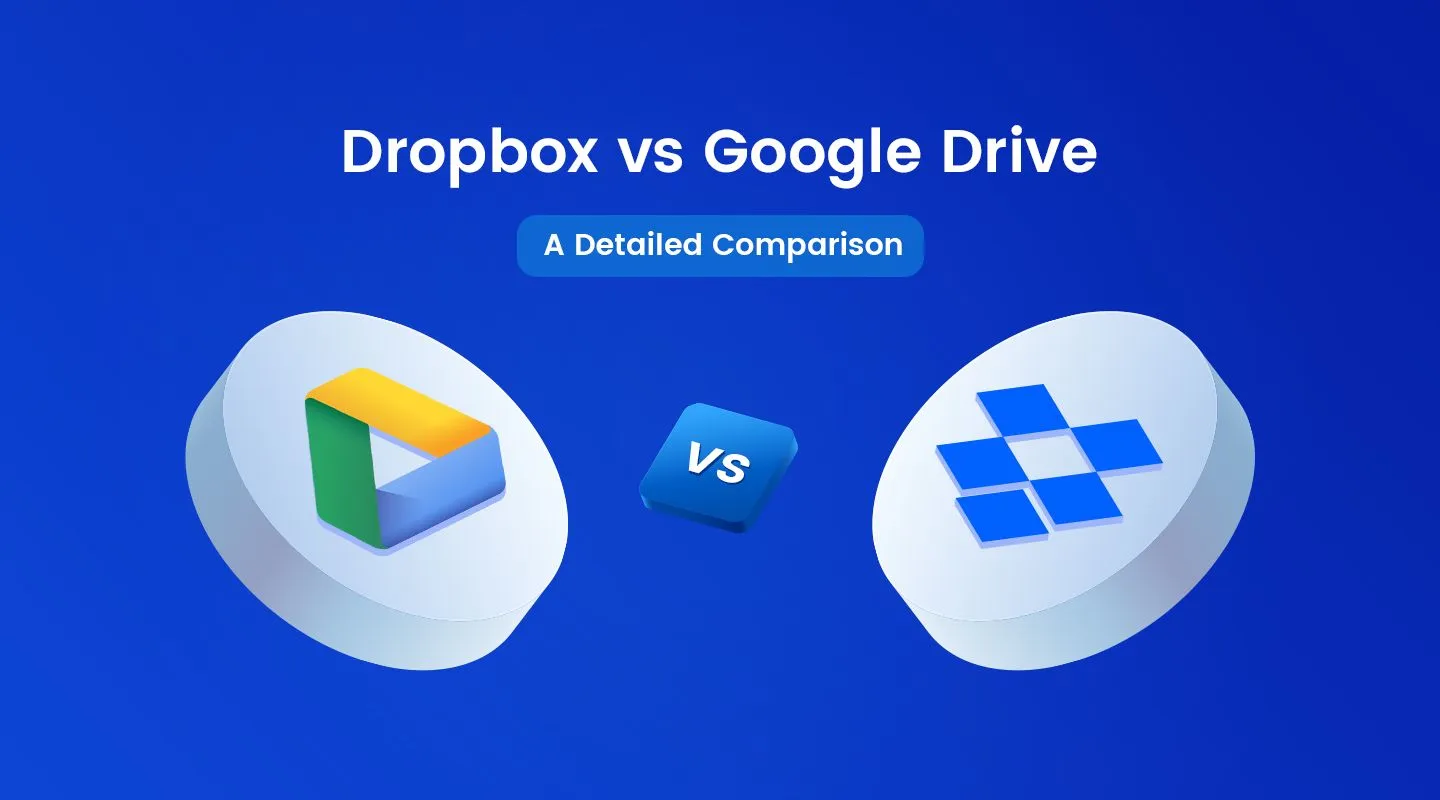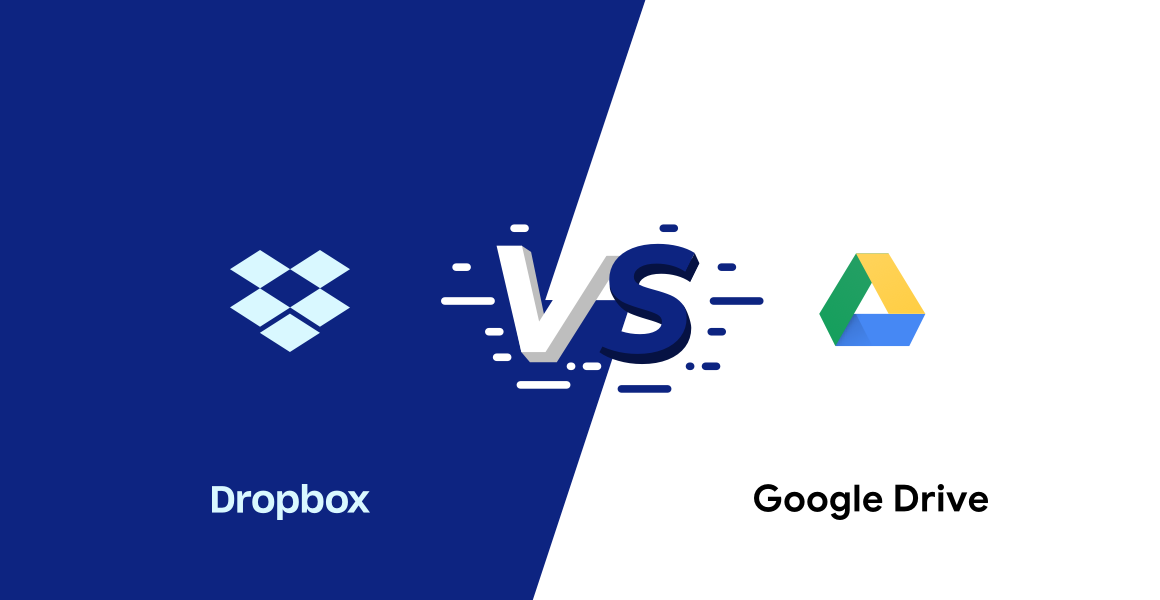
Is Google Drive More Secure Than Dropbox?
Any distributed storage deserving at least moderate respect will let you back up your documents to the cloud, sync them across gadgets, and offer them with others. Yet, that likewise implies it's difficult to figure out which one is best for your requirements: for this situation, Google Drive or Dropbox?
I involved Dropbox for north of three years (regardless save it for long haul stockpiling), and I use Google Drive consistently. Both applications are superb I wouldn't utilize them in the event that they weren't yet they have a somewhat unique way to deal with distributed storage.
Is Google Drive More Secure Than Dropbox
Both Google and Dropbox offer you some free record stockpiling, yet Google's free arrangement is undeniably more liberal. Dropbox's free arrangement incorporates 2GB of stockpiling, however you can arrive at a most extreme free stockpiling limit of 16GB by adding companions, with every companion procuring you 500MB. You can likewise acquire 250MB extra for going through Dropbox's Getting everything rolling aide.

Google Drive's free arrangement accompanies a level 15GB with practically no extra exertion. Obviously, there's a trick: That 15GB is shared across your whole Google account and incorporates things like email connections and photograph reinforcements, so consuming that space is simpler.
While Google doesn't offer a reference program, you can get additional capacity for things like unique quality photographs and recordings in the event that you have a Google telephone.
After you maximize your free stockpiling, you can add extra by picking a membership. Dropbox's paid plans start at $11.99 each month — or $9.99 each month, assuming you pay yearly for 2 TB of capacity. With Google Drive, there are two choices: you can buy capacity by means of a Google One membership or a Google Work area membership.
Utilizing Google One, you can get 2TB of stockpiling at a similar cost as Dropbox's 2TB yearly arrangement while paying month to month (however you'll save a couple of bucks going with Google on the yearly arrangement). Google additionally offers more modest, less expensive plans: you can get 100GB for $1.99/month (or $19.99/year).
Need to treat yourself? You can jump on the simulated intelligence Premium intend to open 2TB of stockpiling and admittance to Gemini Progressed a ChatGPT In addition to elective for $19.99/month.
Another cool advantage is the way that you can share your capacity from the $1.99/month Google One arrangement with up to six individuals (counting you), though you'd need to get a Family anticipate Dropbox ($19.99/month) to have the option to do likewise.
The other choice is to buy into Google Work area. That will get you more elements for Docs, Slides, Sheets, and Locales (among others), however it likewise implies more highlights and extra room for Google Drive. The evaluating is marginally higher yet could check out in the event that you as of now utilize these applications and aren't searching for simply crude capacity.
Dropbox Syncs Faster and Smarter
A piece of what made Dropbox so well known in any case was the creative innovation it utilizes for record sync: block-level document replicating.
To lay it out plainly, when Dropbox matches up a document, it just duplicates the pieces that have changed. Whenever you first sync a document will take the longest, yet every time you transform it from that point forward, the refreshed form ought to be accessible on the entirety of your gadgets very quickly.

Google doesn't utilize block-level document replicating, however it runs probably the quickest cloud servers on the planet, so the speed distinction probably won't be observable except if you're managing extremely enormous records.
Dropbox likewise enjoys an extraordinary benefit with LAN sync. On the off chance that you have various PCs associated with a solitary organization, Dropbox will match up records straightforwardly between them.
It will in any case back up documents to the cloud, yet moving huge records to PCs on a similar organization will happen much quicker. With Google Drive, a document on PC A should transfer to the web, then download to PC B, which can take more time for bigger records.
That little LAN sync checkbox can mean a tremendous execution contrast for independent companies on a nearby organization. The absence of block-level document sync and LAN sync makes Google Drive more slow (however, once more, you probably won't actually see for little records), yet it likewise implies that Google Drive utilizes more information. In the event that you have an information cap on your web, as many home internet services do, and you're moving enormous records, Google has a higher possibility spending your month to month information.
Google Drive Has a Slight Edge on Security
The just dependable method for guarding your documents from assailants is to try not to store them in that frame of mind in any case. Be that as it may, the records you really do transfer to the cloud actually need security. Around here, both Google and Dropbox ensured all bases were covered.
We should investigate the scenes. The two stages have had their portion of safety issues previously. Dropbox's burdens are later, with an information break in its Dropbox Sign foundation in April 2024, presenting client information to aggressors.
Luckily, the servers fueling Sign are discrete from the document stockpiling ones, so it appears to be that Dropbox has basically solidified that piece of its framework. In any case, with a background marked by neglecting to reveal a significant information break for quite a long time, it appears to be the organization actually needs to work on its network protection.
There's a silver lining to this terrible streak. Dropbox is carrying out organizer start to finish encryption for big business plans, allowing you to scramble your information with an exceptional key and offering a helpful method for overseeing sharing and information transmission.
Regardless of whether somebody accesses your distributed storage, they will not have the option to uncover the organizer's items without the key. Google just backings this utilizing an outsider help, making it less consistent.
Be that as it may, has Google avoided digital difficulty by any stretch of the imagination? No. The organization found that the NSA was sneaking around on their organization traffic in 2013. This prompted the execution of a second, pivoting ace key while scrambling your information.
This is another justification for why Google takes a slight lead over Dropbox in security: your information is encoded utilizing two keys rather than one, so an assailant would need to take both to peruse your data. This makes it exceptionally difficult to uncover your information, regardless of whether somebody approached it.
The second element that puts Google Drive ahead is that it upholds client-side encryption. This implies that you can scramble your records in your program prior to transferring them to the cloud, making them disjointed for anybody at Google or any individual who gets to your documents there without the key. You want to introduce an outsider module to accomplish this, yet Dropbox doesn't have a comparable chance.
All things considered, neither Dropbox nor Google Drive are zero-information distributed storage suppliers. This implies they approach the encryption keys used to safeguard your information, getting to your information for examination and joining purposes. On the off chance that you're awkward with this, you'll have to find a zero-information distributed storage stage all things considered.
Dropbox's Security Features
How about we continue on toward the business-centered paid plans. As an organization, having your information on the cloud implies better association and higher efficiency yet, simultaneously, expanded chance of interruption. Both Dropbox and Google are identical as far as security highlights, both according to an inactive perspective (the scope of guards on naturally) and a responsive one (warnings and security locks).

The principal contrast is the trouble of dealing with your security settings. Google is extremely complete. At the point when you buy into Google Work area, you open admittance to the Google Administrator Control center: a wilderness of settings, dashboards, and reports that assist you with overseeing everything about your organization. This is an incredible asset in the possession of network protection and IT organization groups, however there's certainly an expectation to learn and adapt for non-specialized people.
Concerning record history and recuperation, Google Vault will allow you to set an information maintenance strategy that can keep going as long as for eternity. You can set how much information you'll put something aside for how long, on a help by-administration premise.
You can likewise set up information holds if, for instance, there's a lawful issue and you want to hold that information until it's settled. At the point when you lose a couple of records and need to reestablish them, you'll need to look for them inside the Vault and begin a reclamation project. It's not extremely direct, yet it's feasible assuming you're in the mood for plunking down before the Google Backing entry.
Dropbox is just worried about distributed storage security. This makes its administrator dashboard a lot more straightforward to explore, read, and comprehend. You can change the settings on how you ought to be advised for ransomware assaults, monstrous information erasure, or recognition of malware in the cloud.
To forestall information misfortune, Dropbox Rewind makes it simpler to reestablish a record to prior variants, assisting you with fixing a (benevolent or pernicious) botch. The record history limit is 10 years for the most costly Dropbox plan, much lower than Google's eternity, however may in any case be valuable relying upon your industry.
Google provides you with a great deal of fine command over everything, except is more hard to utilize. Dropbox is significantly more natural, however it doesn't propose as much control or a document rendition history enduring for eternity.
Assuming that you're developing quick and have an IT group, they'll be content with the Google Administrator Control center; if you're running things yourself and don't have any desire to get overpowered with geek language, Dropbox is better.


